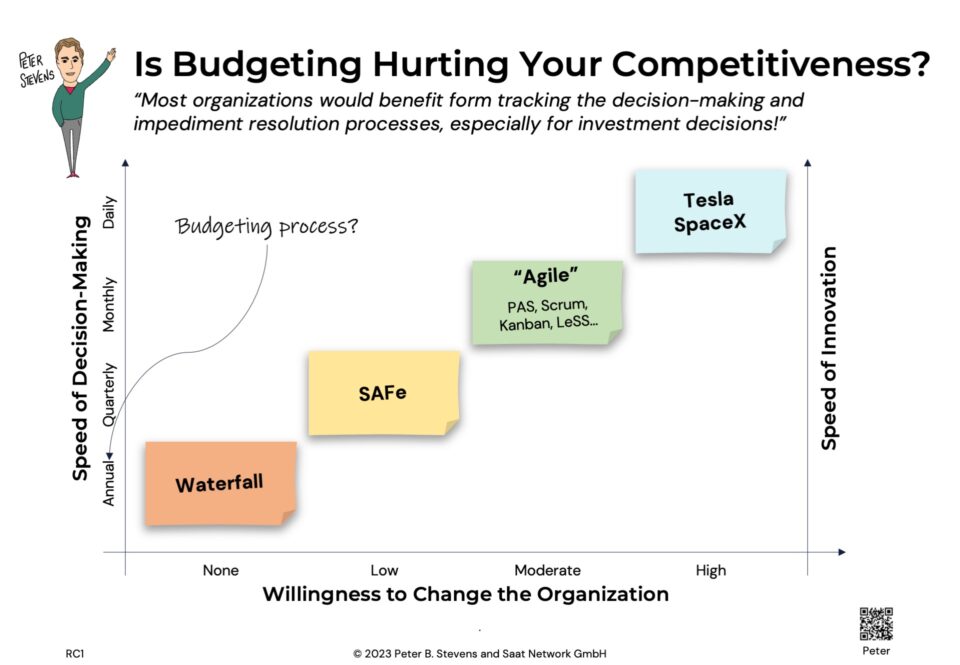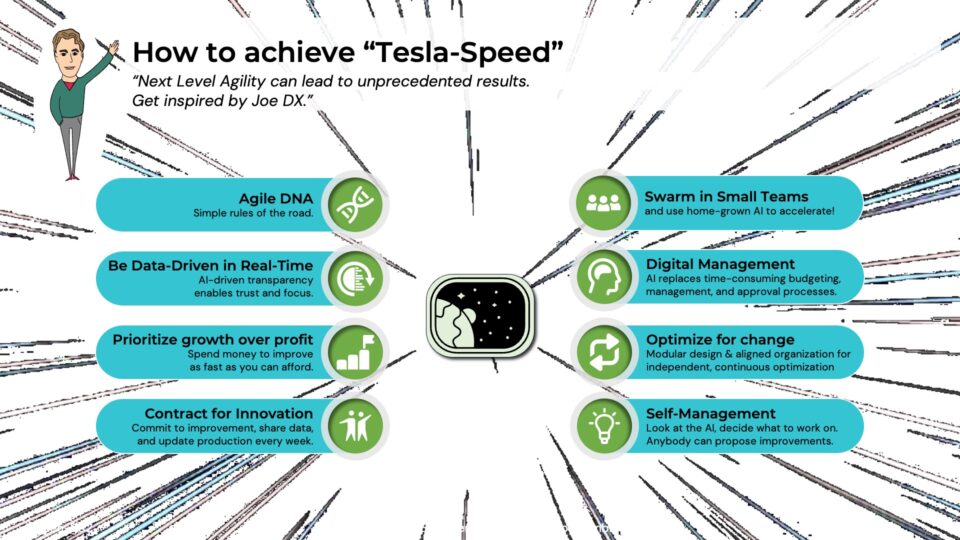XM Principle 4: Contract-First Design
06-06-2013XM Principle 6: Agile Hardware Design Patterns
10-06-2013One frequently asked question for hardware or embedded projects considering Scrum is, “How can we get stuff done every sprint? It takes longer to develop a piece of hardware than could ever fit in a two-week sprint!” Hardware development needs to take a slightly different view on iterations and iterating than software development.
When the WIKISPEED engineers were first working on the interior, they realized that the lack of an emergency brake was slowing down their progress. The brake handle sits between the seats, close to the gearshift and to the attach points for the seats and seat belts. Because no one knew what the emergency brake handle looked like, they were unwilling to commit to design decisions on these nearby components.
The solution was “version 0.01” of the emergency brake: a cardboard box that said, “the brake handle will fit in this box.” That was enough functionality that the team could move forward on nearby components, even though nobody had any illusions that this cardboard box would actually hold the car in place!
When working with hardware, you will iterate on your designs:
- Create the test that your design should pass.
- Create the simplest design possible that enables the test to pass.
- Improve the design to be simpler or more elegant.
- Repeat this process (“Iterate on the design”) until improving this component is no longer the highest value work you can do.
In the case of v0.01 of the emergency brake, the acceptance test was “Can the engineers design the surrounding components with confidence?” The cardboard box satisfied this test. Other components were judged to be of higher value, so they stayed with the cardboard box until the other components were finished enough.
When developing software with Agile, each iteration should produce potentially deliverable functionality. That may not be possible when working with hardware, so you may need to iterate on a particular item many times before the design is satisfactory. In the case of the WIKISPEED X-Prize entrant, those subsequent iterations included, “An emergency brake to hold the car in place,” and “An emergency brake which produces no resistance when the car is in motion.”
You may also need to iterate on your acceptance tests, especially as you strive to automate them. Before WIKISPEED performed a real crash test, they had done many Finite Element simulations. These are cheap and repeatable, because all they need is computer time. Then they had a real crash test performed. That crash produced results that were different from their simulation, so they iterated. They used the real crash data to improve their simulation. Eventually their simulations became close enough to reality that they no longer needed the expensive physical tests.
Next: Hardware Design Patterns




